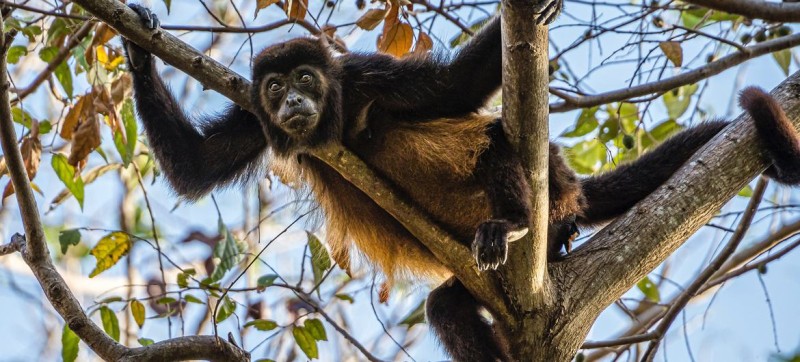
Unsplash/Alexander Schimmeck Geoffroy's spider monkey, also known as the black-handed spider monkey or the Central American spider monkey.
“Human activities have devastated our wildlife; human ingenuity can help to save it,” he said.
This year’s theme focuses on how digital technologies can drive wildlife conservation at a time when pollution, climate chaos, habitat loss and exploitation of nature are putting one million plant and animal species at risk of extinction.
No ‘silver bullet’
“Already, satellites are helping to track animals under threat, and data is charting wildlife migration and land use, supporting efforts to protect them. But, they are a tool in our arsenal, not a silver bullet,” Mr. Guterres said.
He underscored the need for concerted efforts to help preserve wildlife and build a just, sustainable global future.
The Secretary-General urged countries to take urgent action to drastically reduce emissions, adapt to climate extremes, prevent pollution and reduce biodiversity loss.
World Wildlife Day, commemorated annually on 3 March, was established by the UN General Assembly in 2013 to celebrate and raise awareness of the importance of the planet’s flora and fauna.
The date also marks the day the Convention on International Trade in Endangered Species of Wild Fauna and Flora (CITES) was adopted in 1973.

